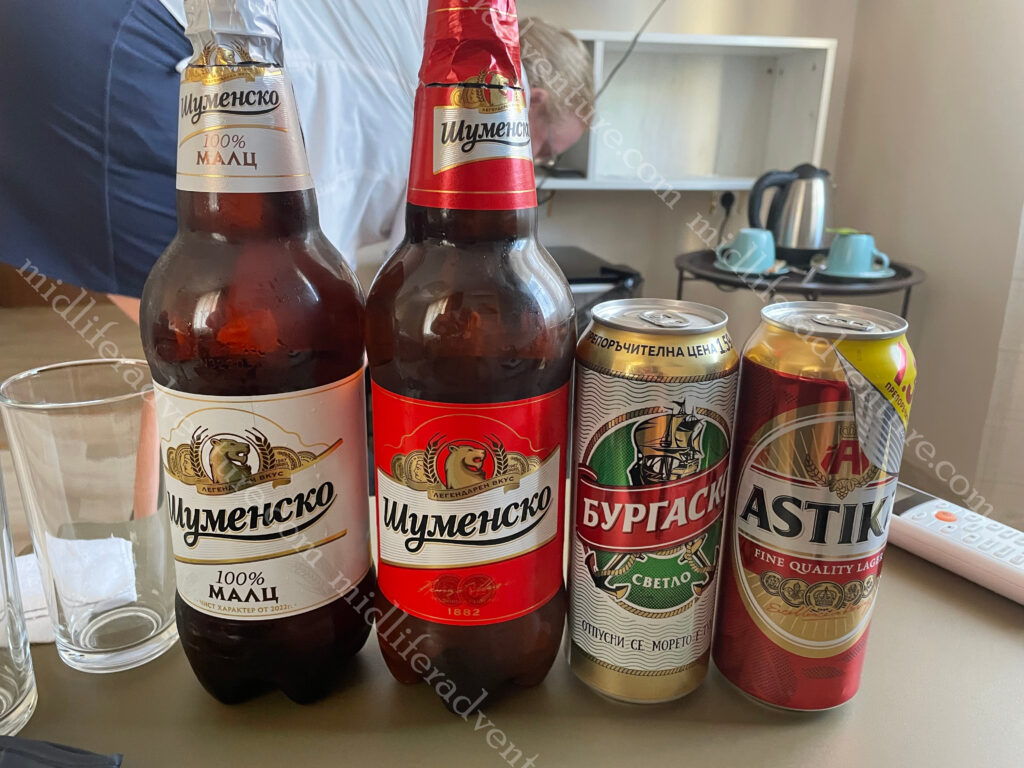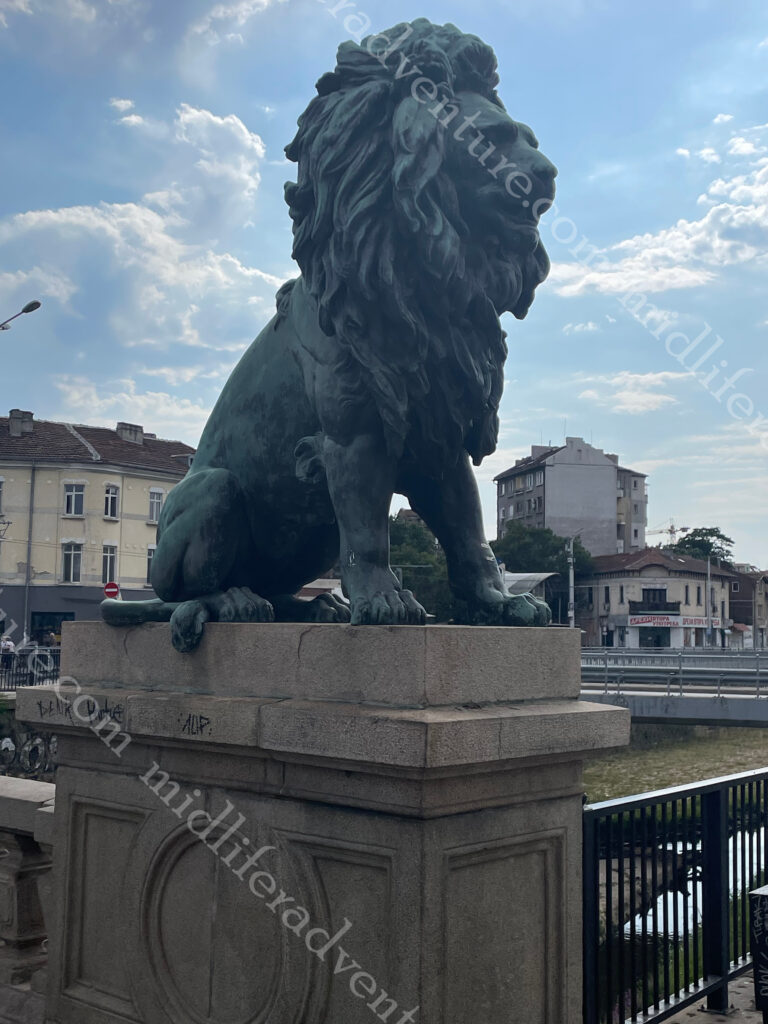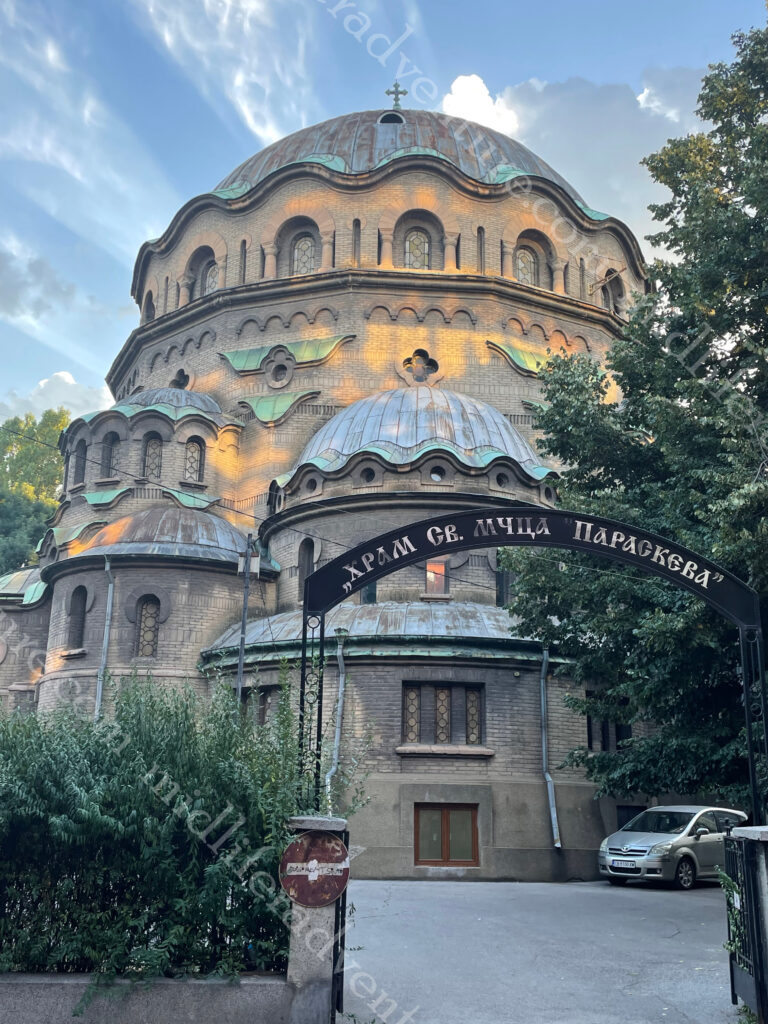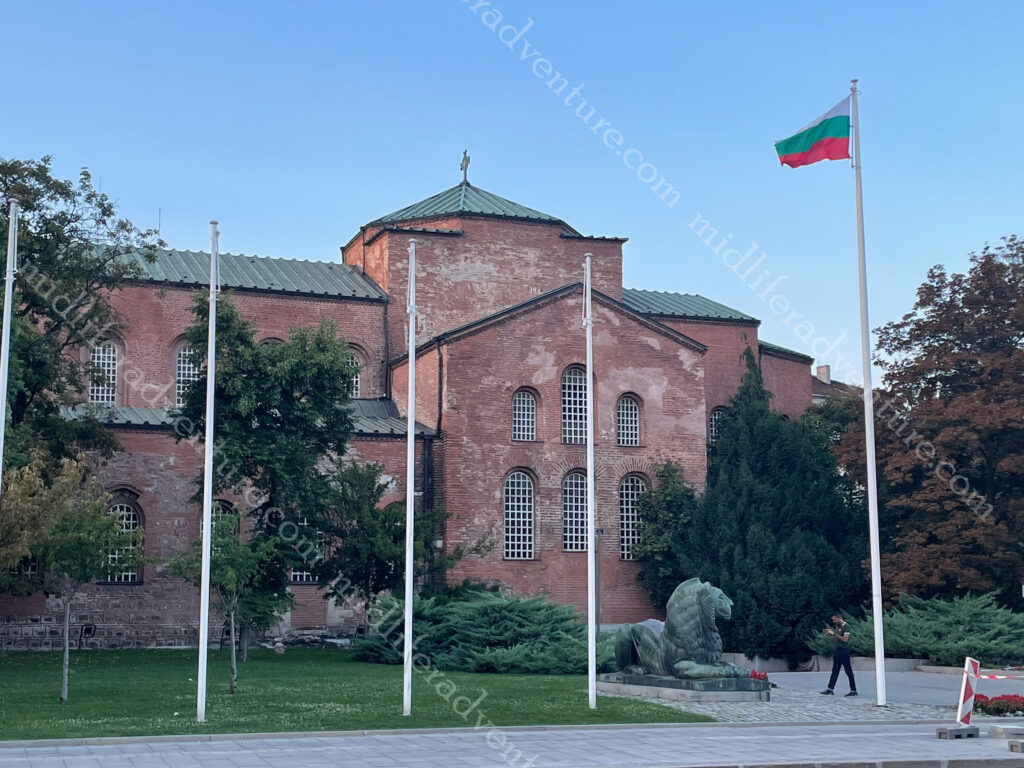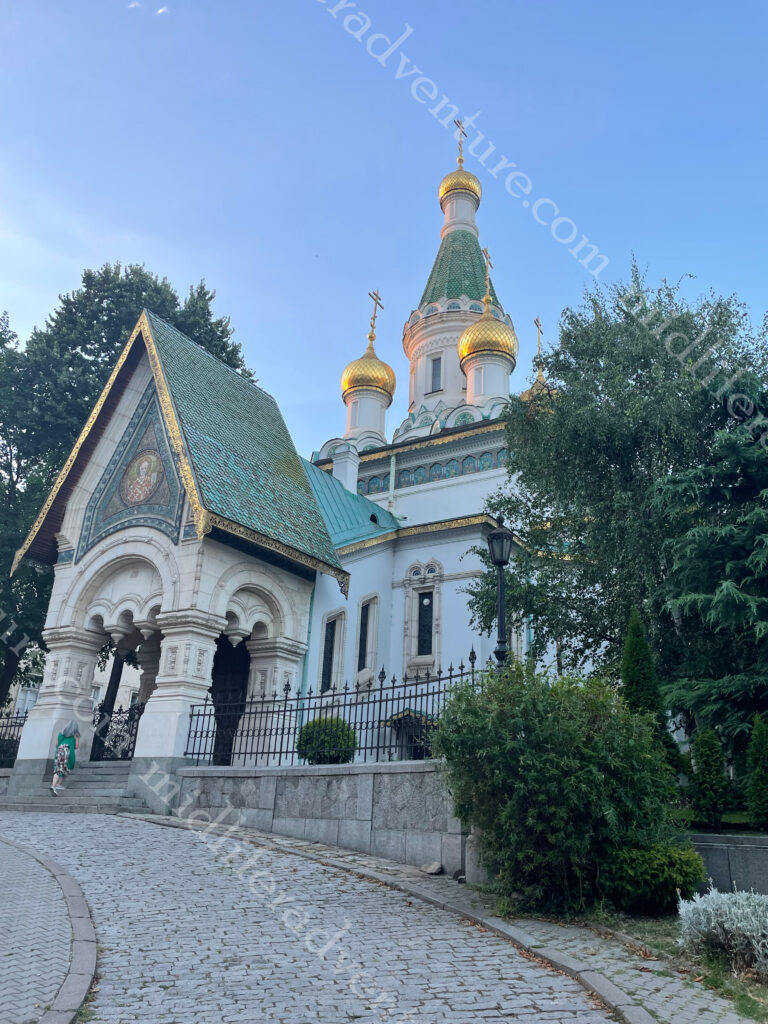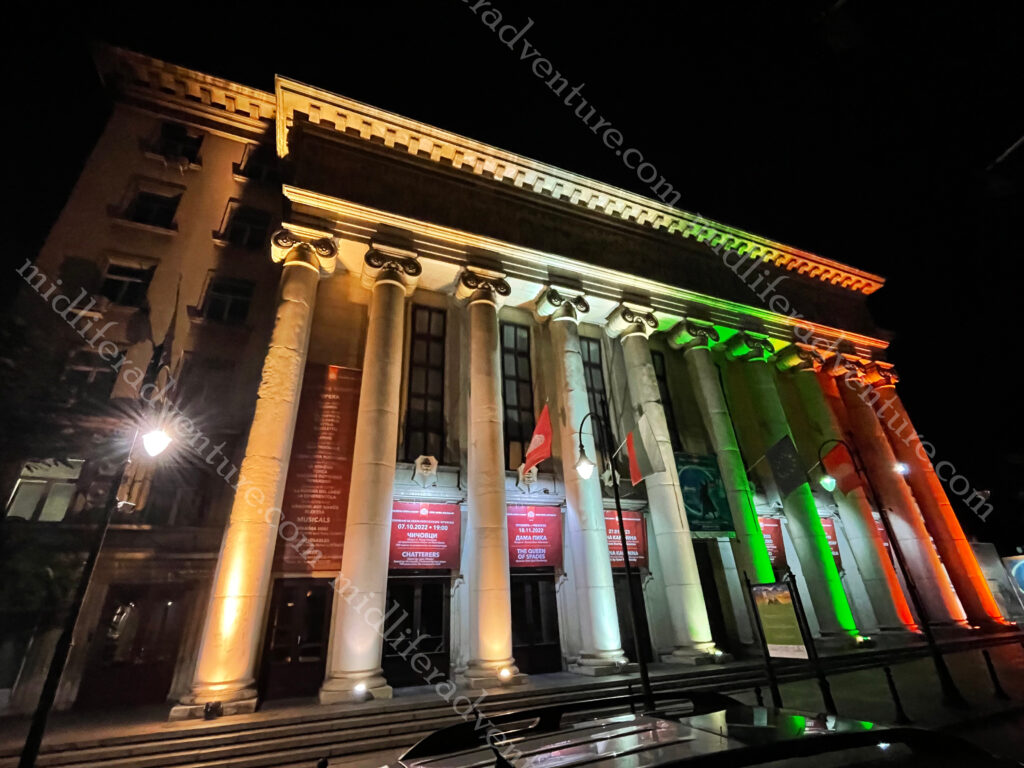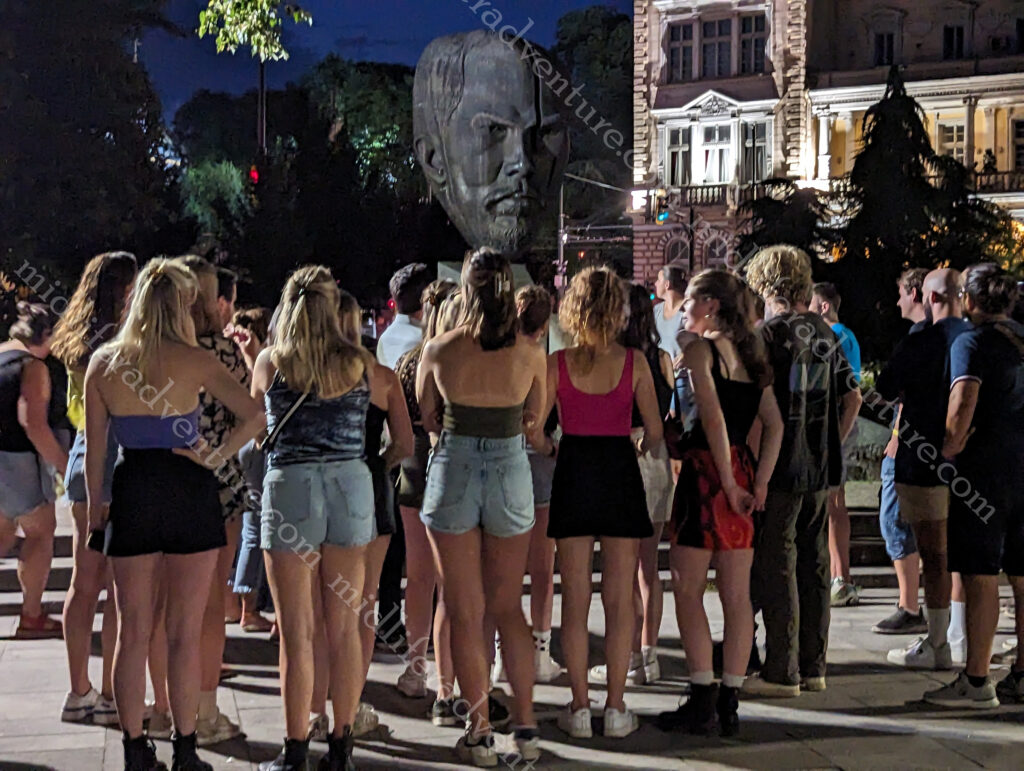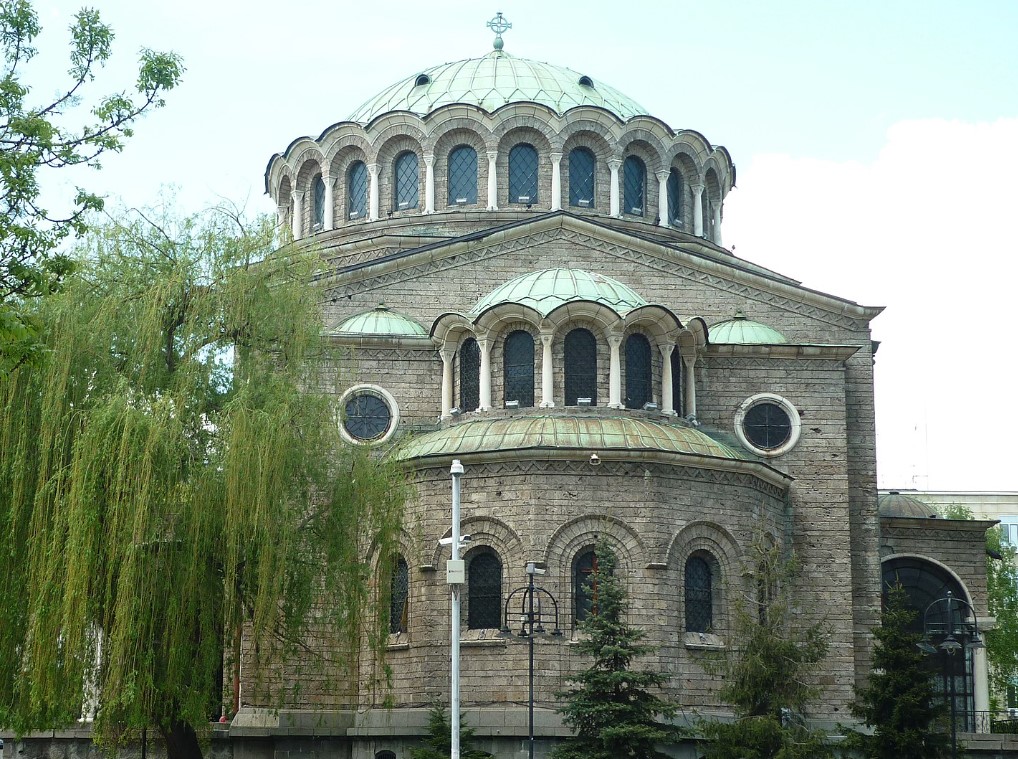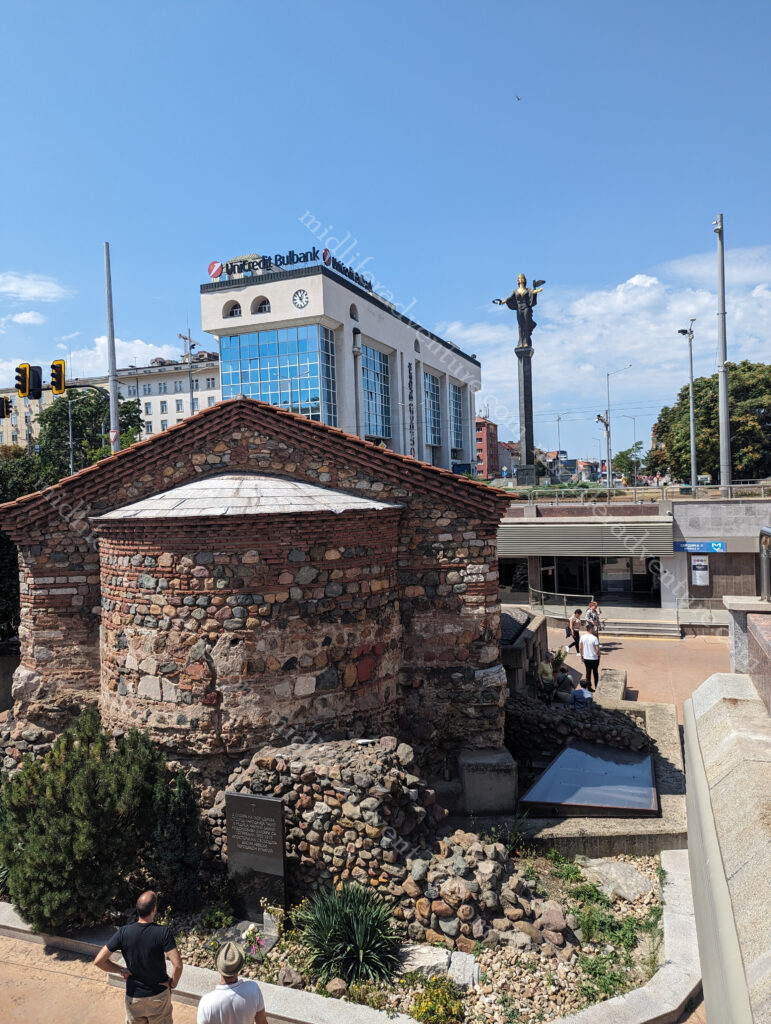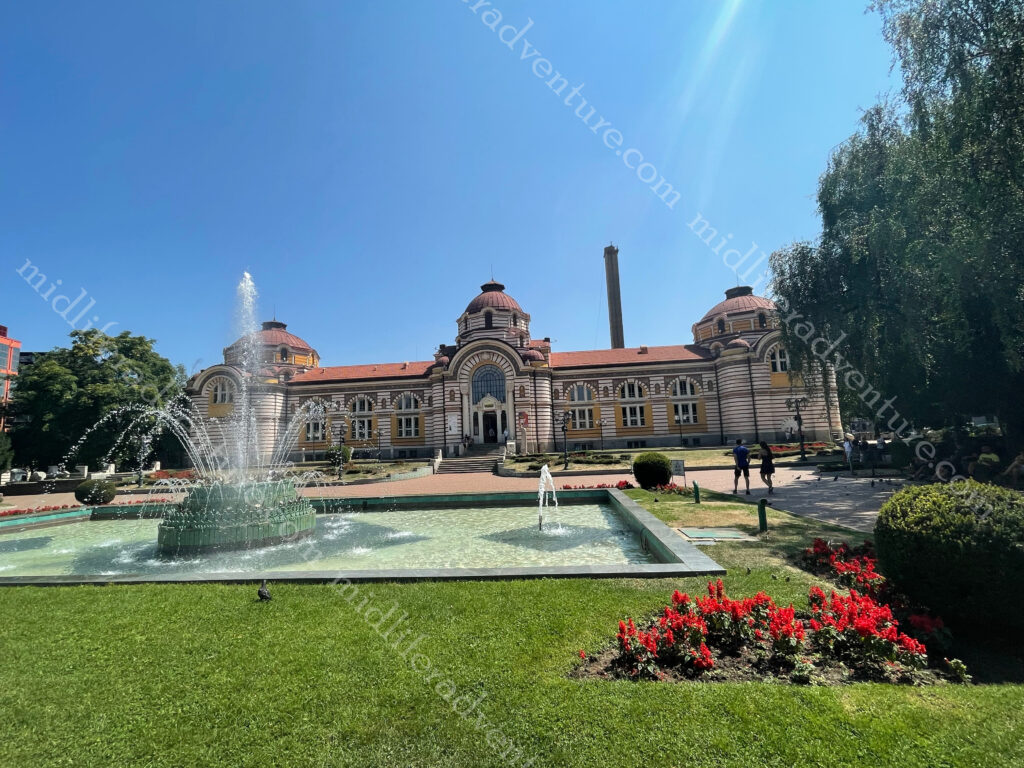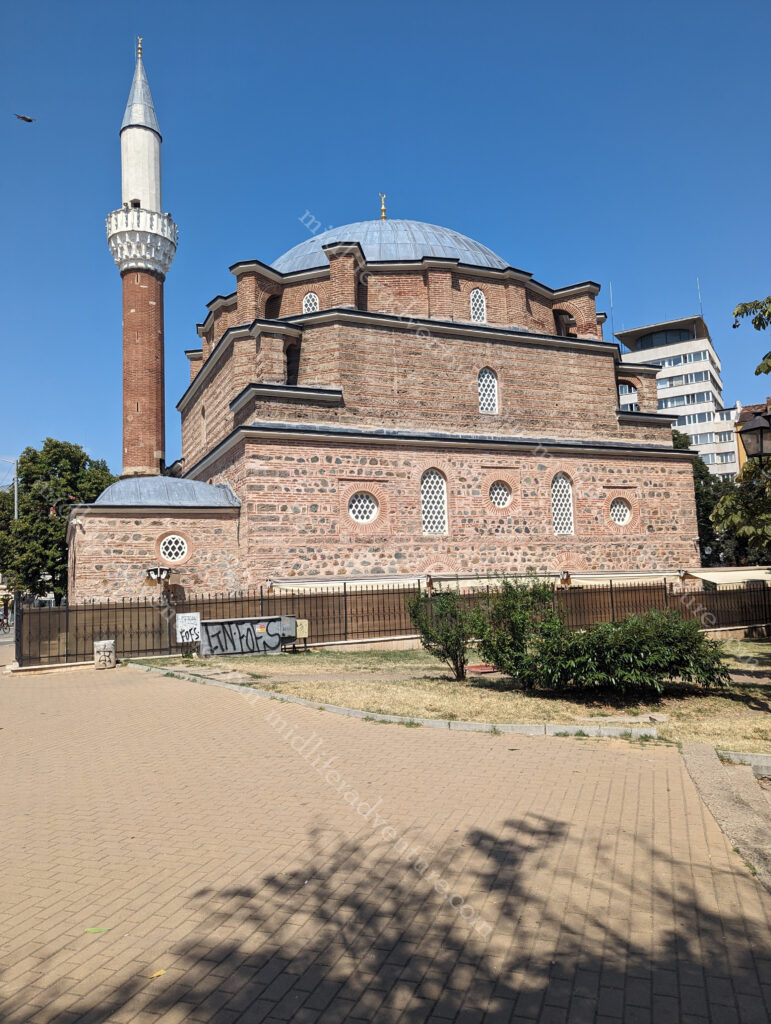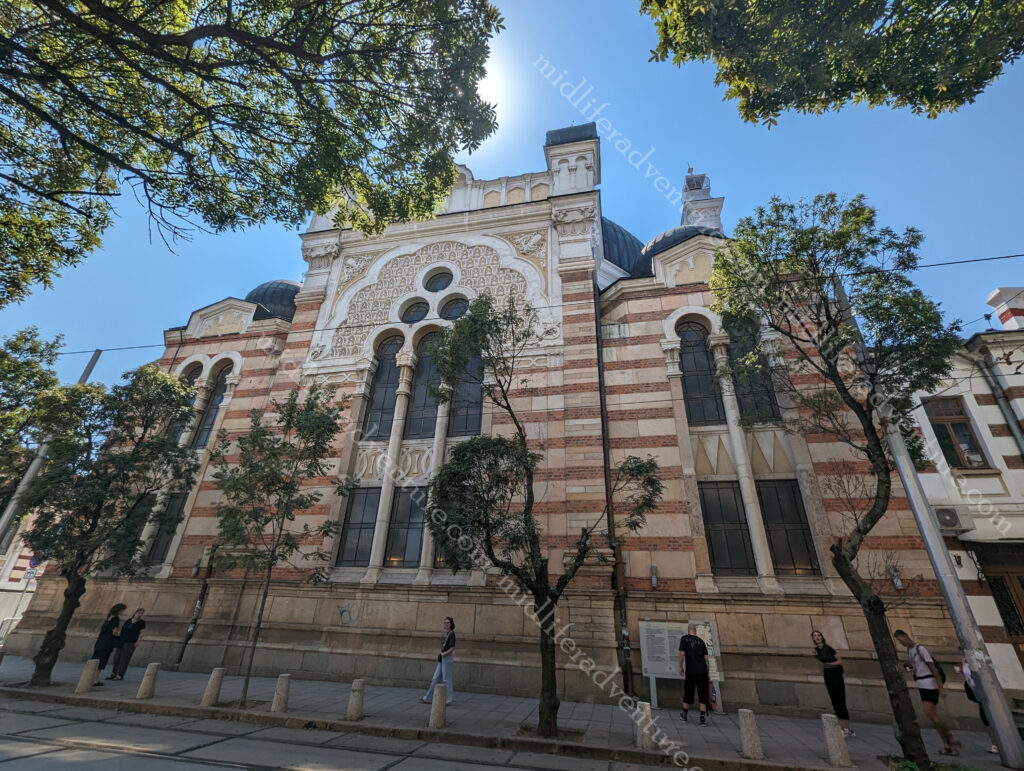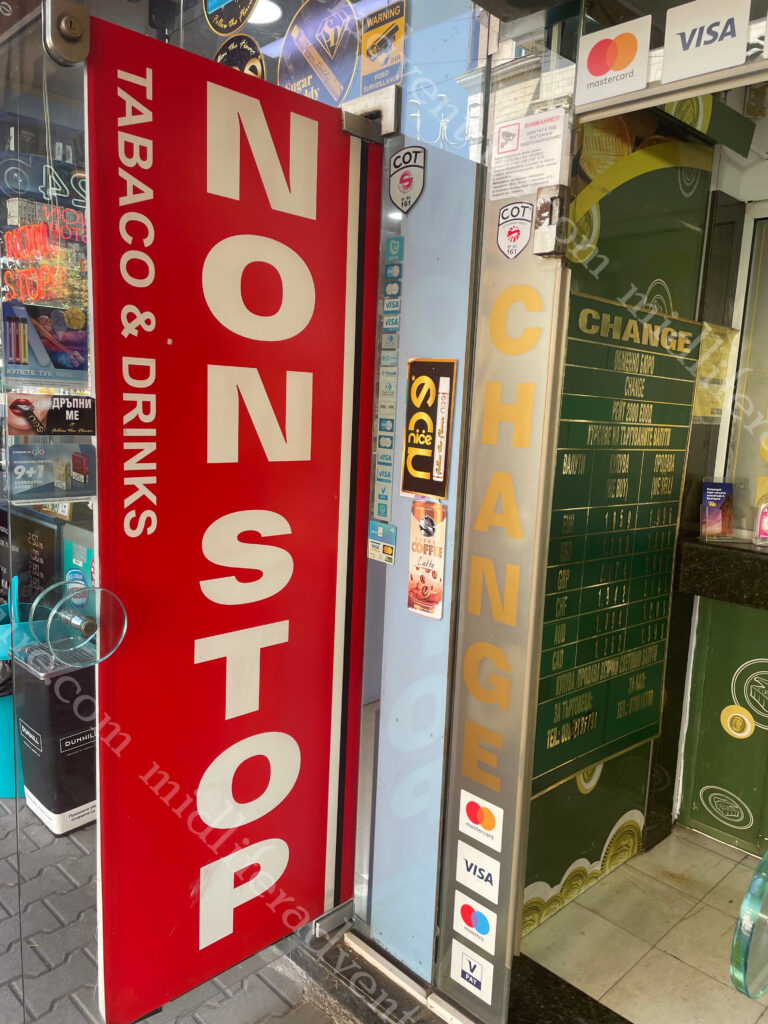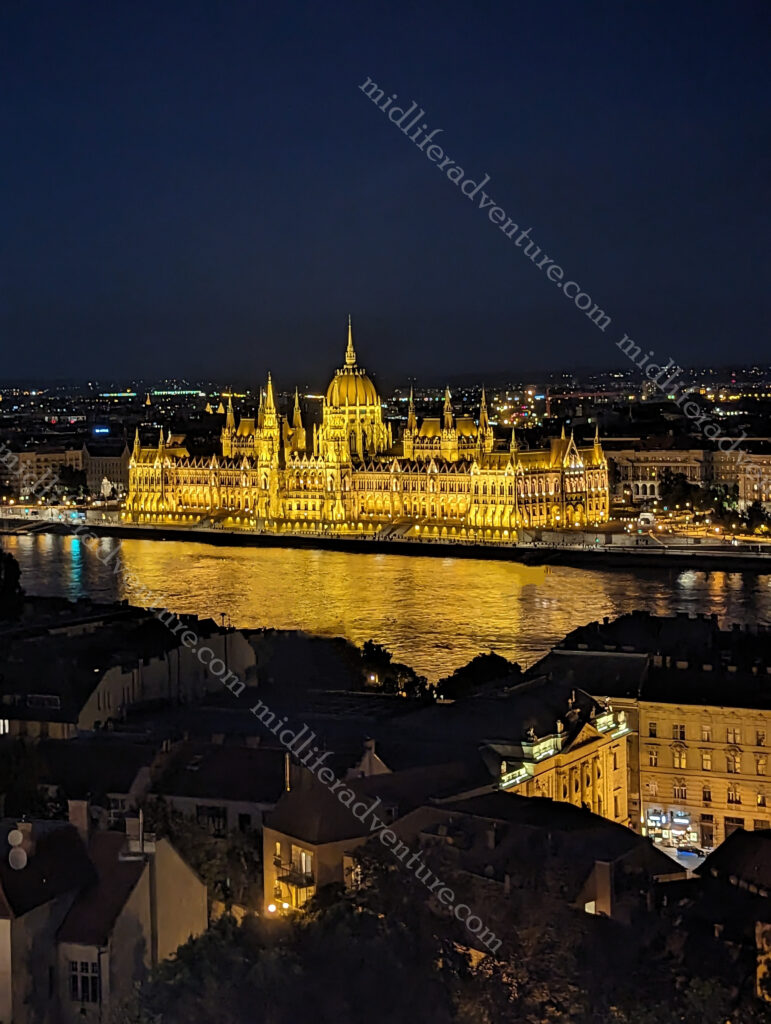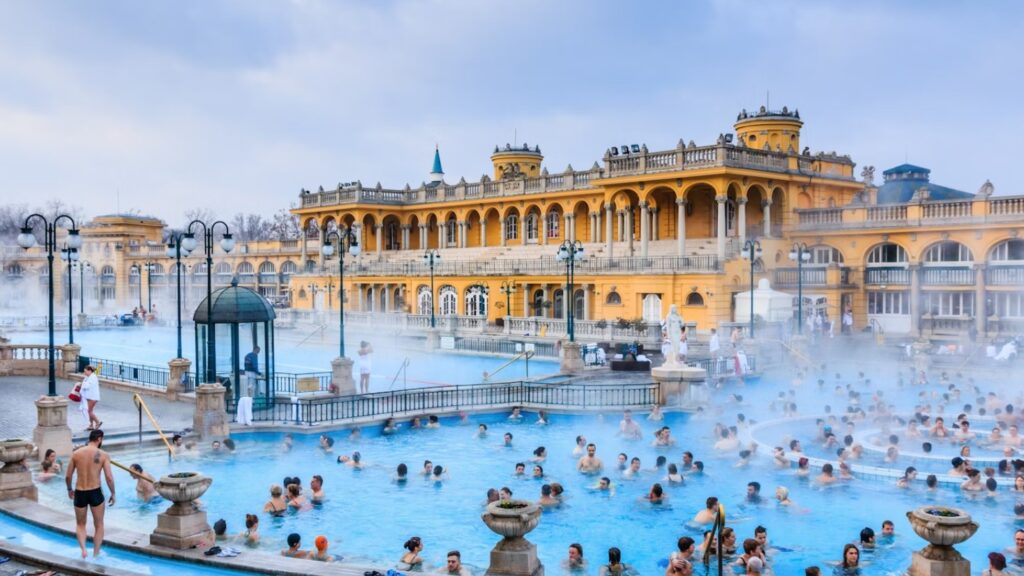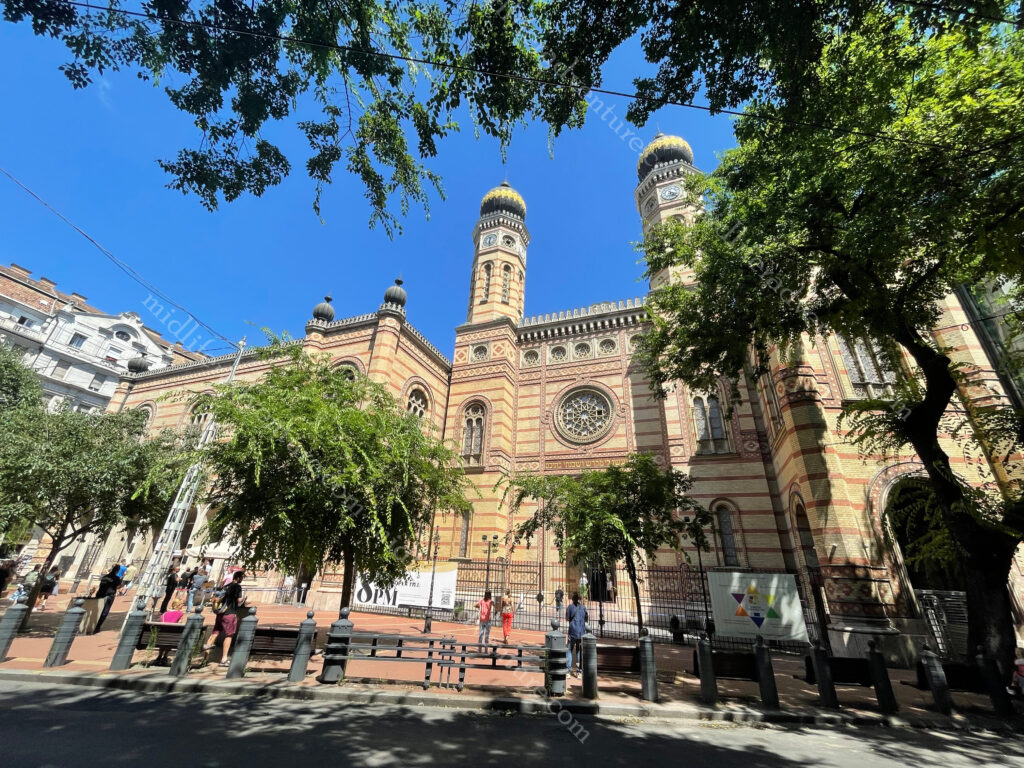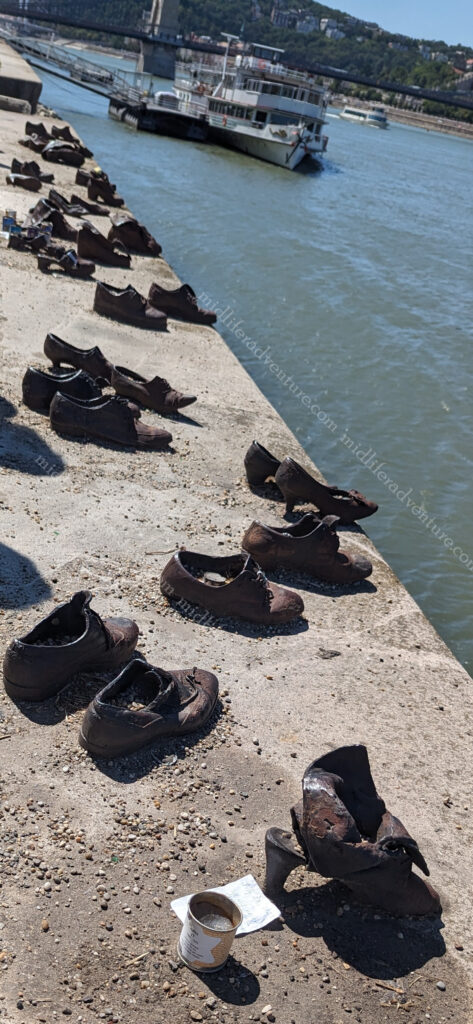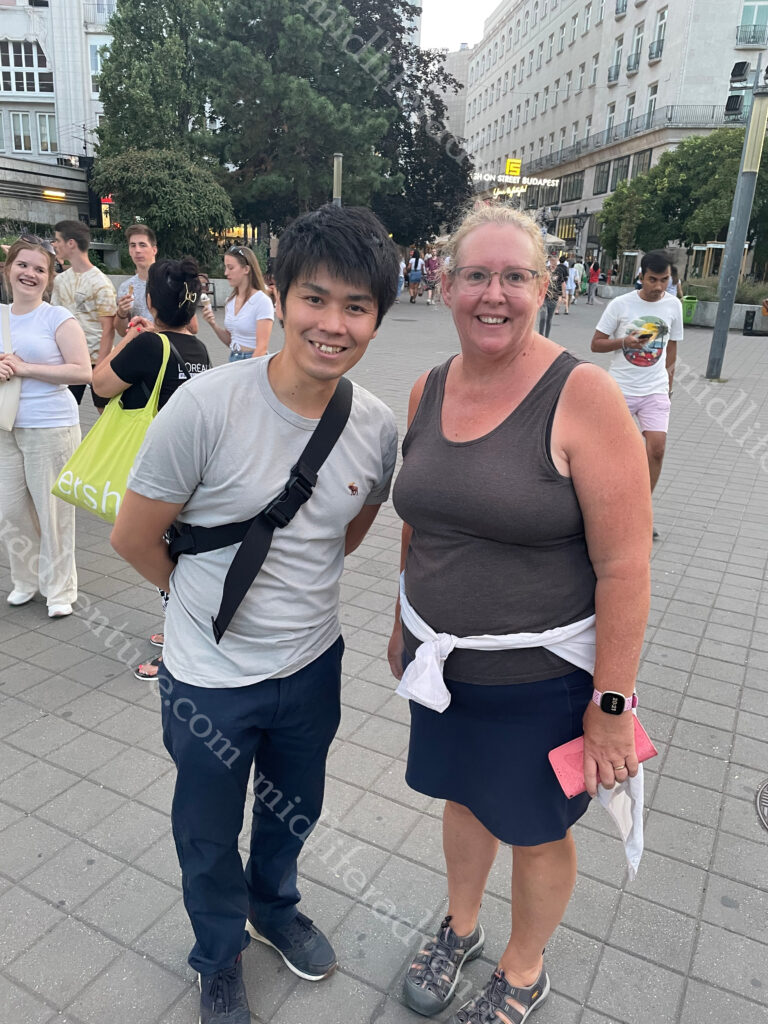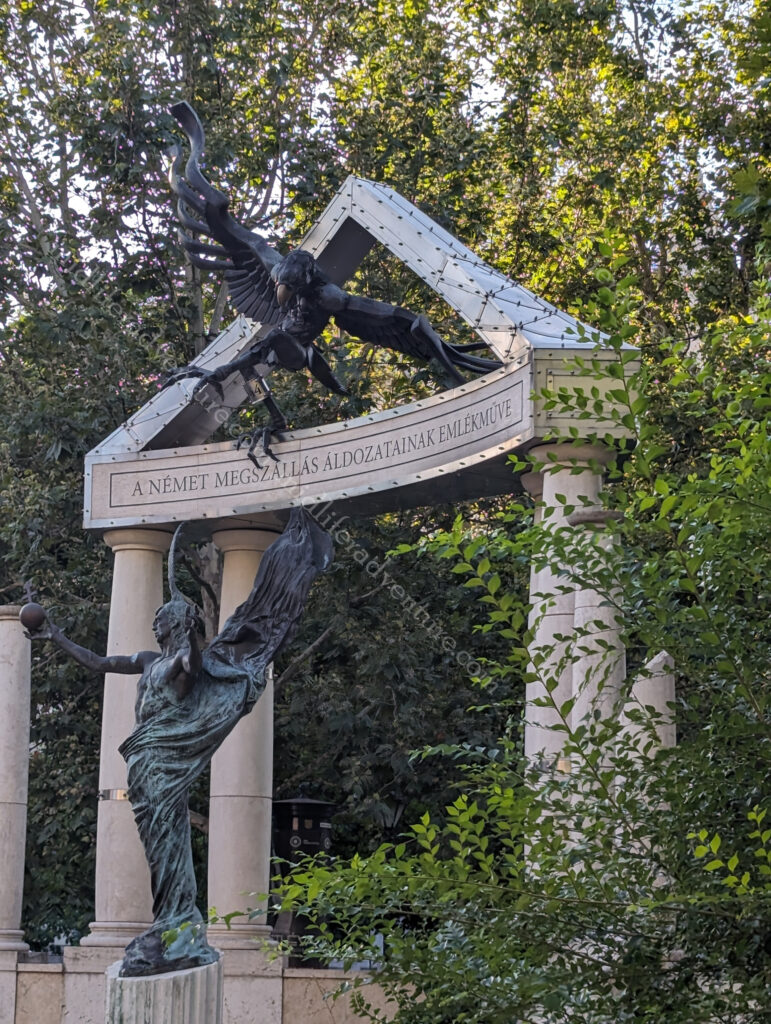Recife (The Reef) is a major (just under 2 million) Brazilian city on the Atlantic coast, at the estuary of three rivers (Capibaribe, Beberibe and Jordão). Due to the abundance of waterways in the area, it has become known as the Venice of Brazil (Veneza Brasileira). Having been to both, I think that the Venice reference is a bit of a stretch.
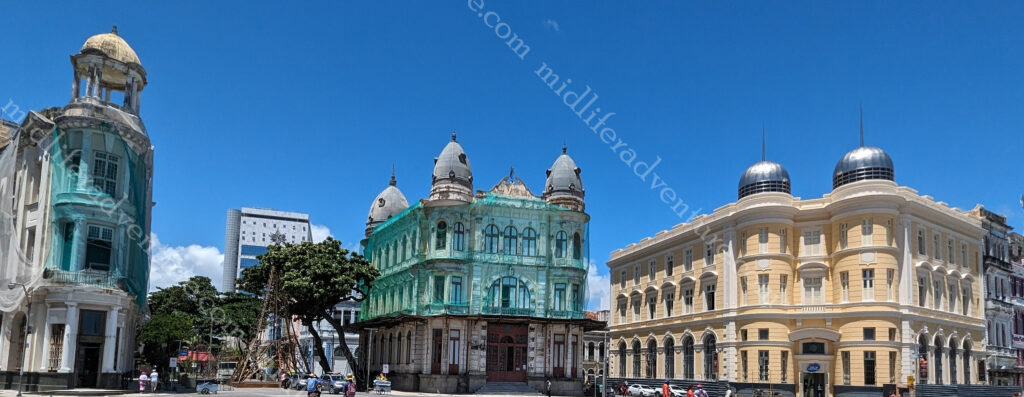
Brazil has a terrible reputation when it comes to violent crime. The US Department of State claims that violent crimes, such as murder, armed robbery, and carjacking, are common in urban areas, day and night. Gang activity and organised crime is widespread. Assaults, including with sedatives and drugs placed in drinks, are common.





Our experience after the first two cities has been quite different. It must be noted however that the military and police presence on every street corner has been extreme. Whether they put on a blitz when a boat arrives or if it is standard is unclear. But we have walked around freely and un-harassed and at no point even felt insecure or uneasy.
We do tend to be alert and aware travellers, we watch our surroundings and do not take unnecessary risks. But so far there has been no point where we have felt threatened or uncomfortable. For those who have been reading along the feeling that we got in the Canary Islands was much more troubling than anything in Brazil so far.
But Recife is a major city. It is famous for its beaches, history, Carnival, arts, the cuisine and of course the cheeky bikinis.
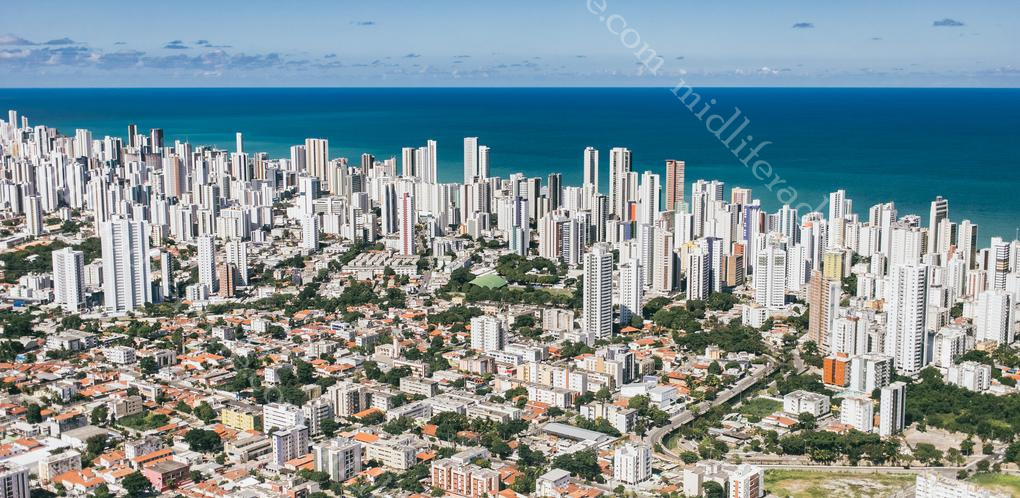
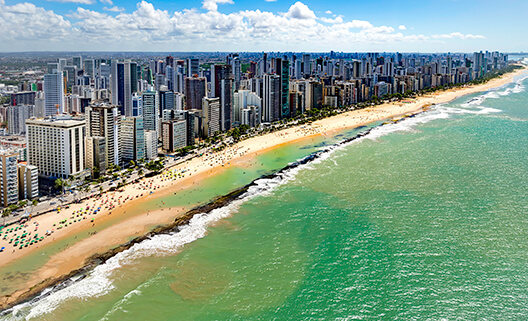
Boa Viagem is by far the most famous of the beaches, stretching for 8 kilometers it is the longest urbanised seafront in Brazil. The nearby coastal reef calms the waves and helps keep the water at 25 °C.
While the beach is amazing, since the mid 1990’s it has been plagued by bull and tiger shark attacks. This started after the building of a new port facility (about 50kms away) that changed the sharks pattern. Between 1992 and 2021, there were 62 shark attacks with 25 fatalities. Some were attacked while swimming in water barely up to their waist. Boa Viagem is so dangerous that lifeguards no longer train on the beach itself.

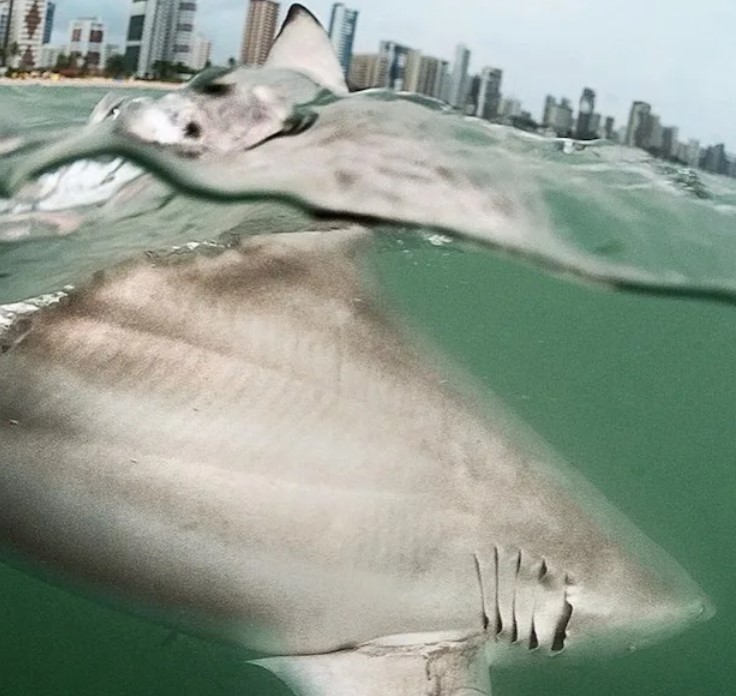
National Geographic photographer Daniel Botelho managed to get a split-level image that showed the shark beneath the surface and the nearby skyline above the surface.
The photo was taken only 50 meters from the shore.
Having read all of this, we chose not to swim. So instead we wandered the streets of town and took in the colonial architecture that was on offer. There were police and military everywhere you looked but at no point was it uncomfortable.












We wandered along the waterfront and broke right, to take in some of the waterways and parks near the ports. We found bridges, statues and a massively cheap way of living. All of the restaurants that we passed had menus showing that the major price was about 22 Brazilian real (about $7).
Not really sure why, but we kept coming across a bunch of 3 meter tall chickens.














Our wander about was possibly not reflective of the others on the boat. We told a group from the boat where we had been and what we had seen and when they tried to replicate, they were turned around and sent back by the police who told them that it was unsafe. My ability to look like a local almost everywhere I go coupled with my size allows me to walk virtually anywhere I want without being approached. Jill just kind of tags along and is also left alone.
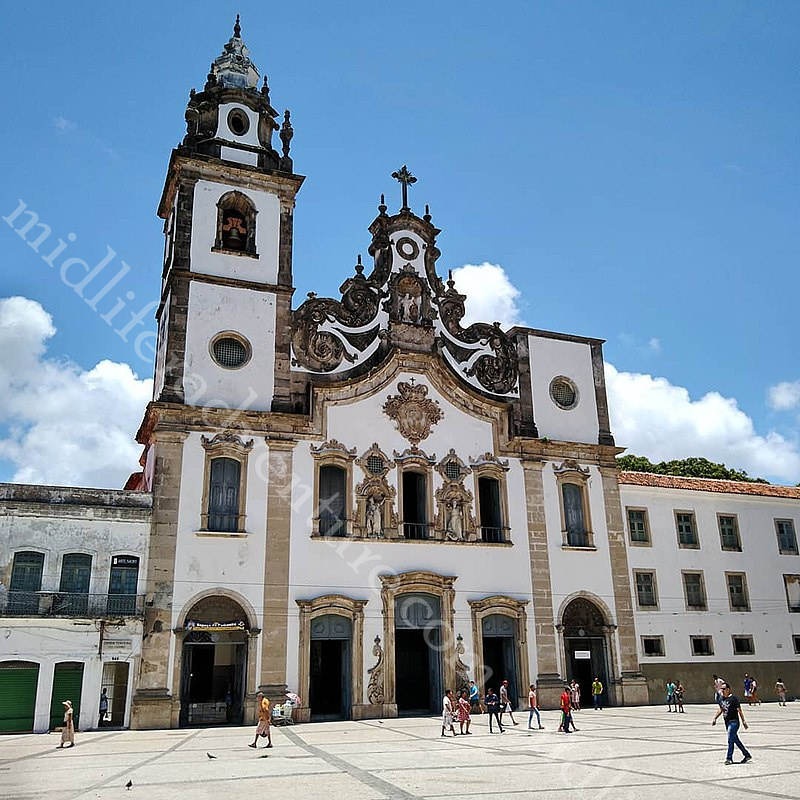
Our meanderings saw us running into the Basílica e Convento de Nossa Senhora do Carmo. This is a church and a convent.
The Basilica started in 1580 by Carmelite friars and in 1654 the Our Lady of Mount Carmel nuns arrived.
The Kahal Zur Israel Synagogue doesn’t look like much from the outside but is OK once you pop your head in.
It is the oldest Synagogue in South America (established in 1636).
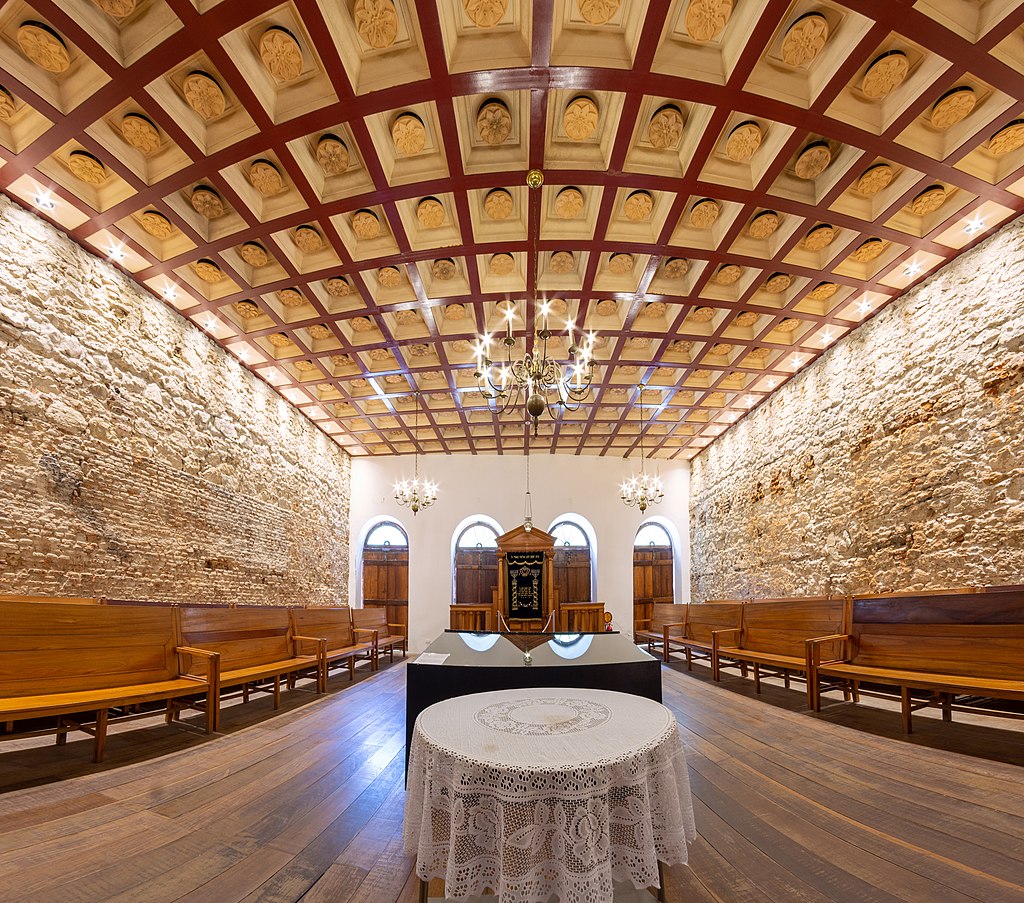
We found the local markets and got to experience life in real neighbourhoods. There were large American Style shopping malls that others on the ship had gone to, but ours was more like the local neighbourhood shops and even included a wet market.



While we never felt threatened or in peril, there was a great deal of overt poverty all through the place. There were lots of people sleeping on the streets, bathing in fountains and using the local parks as their own private laundries.




Recife had a really nice feel to it and we look forward to coming back when time is not so much a factor.






